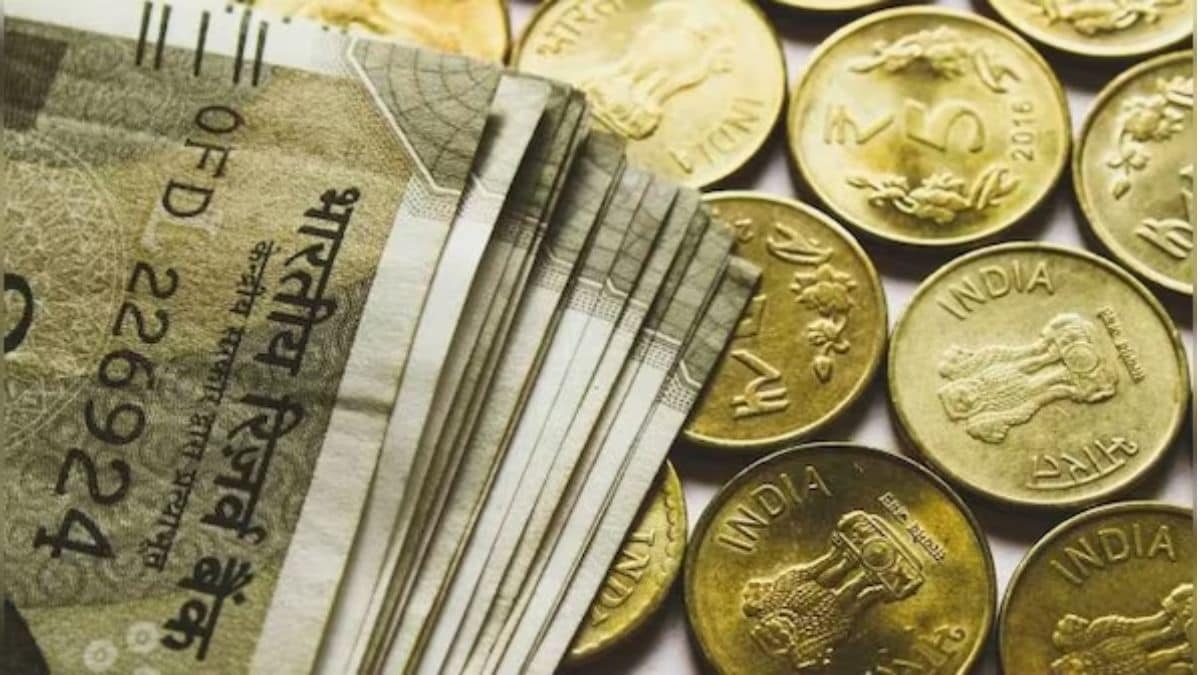

The Group of Ministers (GoM) on GST rate rationalization has reached a consensus to scrap the 12% and 28% Goods and Services Tax (GST) slabs, moving towards a simplified tax structure with rates of 5% and 18%. This decision, made at a meeting on Thursday, is expected to potentially lower prices for many goods and services.
Key Decisions and Recommendations
The GoM, chaired by Bihar Deputy Chief Minister Samrat Choudhary, accepted the plan to replace the existing four-rate structure (5%, 12%, 18%, and 28%) with a two-rate system. The proposed structure includes a 5% rate for essential goods and services and an 18% rate for standard items. A higher levy of 40% will remain on a limited set of goods, including tobacco and luxury items; luxury cars are also recommended for inclusion under the 40% bracket.
According to the new plan, 99% of items currently taxed at 12% will be moved to the 5% slab, while approximately 90% of items in the 28% category will be shifted to the 18% slab. The GoM also reviewed a proposal to exempt health and life insurance premiums from GST.
Expected Benefits and Impact
The restructuring is projected to benefit households through lower GST on essential and everyday goods. Medicines, processed foods, footwear, clothing, and household items are expected to fall into the 5% slab. Consumer durables like televisions and large appliances, which are currently taxed at 28%, would see their rates drop to 18%, thus reducing costs for middle-class families.
Finance Minister Nirmala Sitharaman stated that the rate rationalization aims to provide greater relief to the common person, farmers, the middle class, and MSMEs (Micro, Small & Medium Enterprises), while also ensuring a simplified, transparent, and growth-oriented tax regime.
State Perspectives and Concerns
While the GoM reached a broad agreement, some states have expressed concerns and made suggestions. West Bengal Finance Minister Chandrima Bhattacharya suggested an additional levy on top of the 40% rate to maintain the current tax incidence on certain items. Some states have also requested compensation for potential revenue loss following the implementation of the new rate structure. Uttar Pradesh Finance Minister Suresh Kumar Khanna noted the importance of ensuring that the common people benefit from the changes.
Next Steps
The recommendations made by the GoM will be presented to the GST Council, which will make the final decision on the proposed changes. The Council will need to consider the reclassification of goods currently taxed at 12% and 28% and address concerns raised by states regarding potential revenue losses.
Prime Minister Narendra Modi had announced the GST revamp on August 15, calling it a "Diwali gift" for the people. The Centre has argued that the rejig will make GST simpler and broaden compliance. The implementation of these changes is expected to reshape India's indirect tax structure in the coming months.